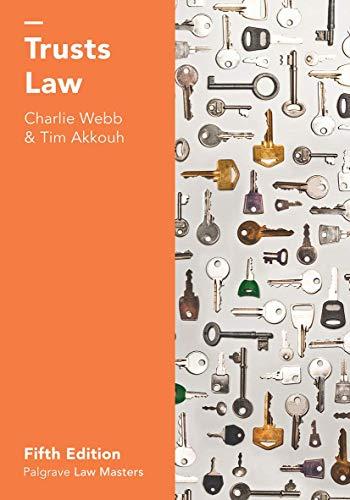Question
For the following scenario, determine the legal issue/question. Then, read the case People v. Irrizari , 5 N.Y.2d 142, 182 N.Y.S. 2d 361 (1959) and
For the following scenario, determine the legal issue/question. Then, read the case People v. Irrizari, 5 N.Y.2d 142, 182 N.Y.S. 2d 361 (1959) and determine if it is on point for the following scenario below. When explaining whether or not a case is on point, explain the similarities and differences between the issue and key facts of both the case and the following scenario. For example, using the fictional Schubert case, your first sentence about whether the case is on point for the plaintiff's experience in the hot tub might be "The case ofSchubert v. Hotel Astor strongly supports Mr. Watters' argument that the hotel should have provided a lifeguard on the night of his visit." Then you would go on to explain what happened inSchubert and why or why not it is on point for our client's problem.
1. Thelma Woods was charged with grand larceny in the third degree based on the fact that when she left Macy's she was shoplifting merchandise with a total retail value of $3,100. This amount would make her guilty of grand larceny in the third degree, which has a threshold value of $3,000. Thelma argues that the retail value is not the correct value to use for purposes of the larceny statutes. She claims that the correct value is the wholesale value, because that is what Macy's paid for the merchandise. If this value is used she cannot be convicted of grand larceny in the third degree as the wholesale value of the stolen merchandise is only $1,600.
Step by Step Solution
There are 3 Steps involved in it
Step: 1

Get Instant Access to Expert-Tailored Solutions
See step-by-step solutions with expert insights and AI powered tools for academic success
Step: 2

Step: 3

Ace Your Homework with AI
Get the answers you need in no time with our AI-driven, step-by-step assistance
Get Started


